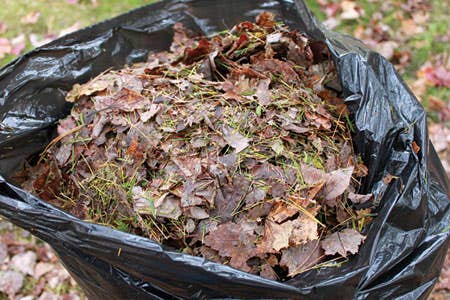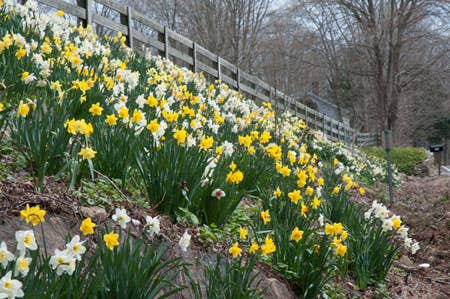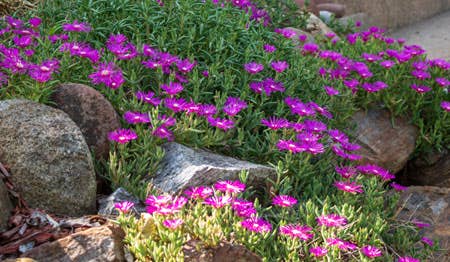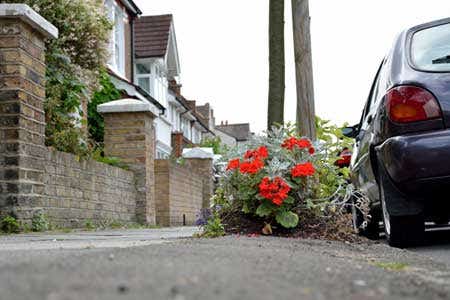Tip of the Week: Planting Trees on Alkaline Soil
Learn how to prep the soil, problems to look for and flowering trees that work.
Alkaline soils are usually fast-draining and low in nutrients, so they are improved by adding organic matter in the form of well-rotted manure and garden compost, to increase the humus content of the soil.
When planting trees, add plenty of organic matter and fork it thoroughly into the base of the planting hole. Annual mulching with manure or compost around the base of the tree will continue to improve the soil and encourages healthy root growth.
Watch for this
Some trees may show yellowing of the foliage and a reduction in leaf size when growing on shallow alkaline soils. This may be caused by summer drought, or lack of nitrogen, which is easily washed out of the soil during periods of winter wet. To correct the problem, use slow-release fertilizer—applied across the soil surface above the roots of the tree—and mulch with compost. Thorough watering afterwards carries the nutrients down to the tree’s roots.
Suggested flowering trees for alkaline soils
When it comes to selecting a flowering tree for a garden on chalk or limestone, the choice is far from limited. All of the popular flowering cherries (Prunus) will grow happily, as will most crab apples (Malus), flowering hawthorns (varieties of Crataegus laevigata; USDA Zones 4-7) and Cercis siliquastrum, the Judas tree (Z. 6-9). Where space permits, the horse chestnuts Aesculus x carnea ‘Briotii’ (Z. 3-7) and Aesculus hippocastanum ‘Baumannii’ (Z. 3-7) are magnificent statuesque flowering trees.
Adapted from the Horticulture Gardener's Guide to Planting with Trees by Andrew & Rosamond McIndoe. Learn more about this book.







